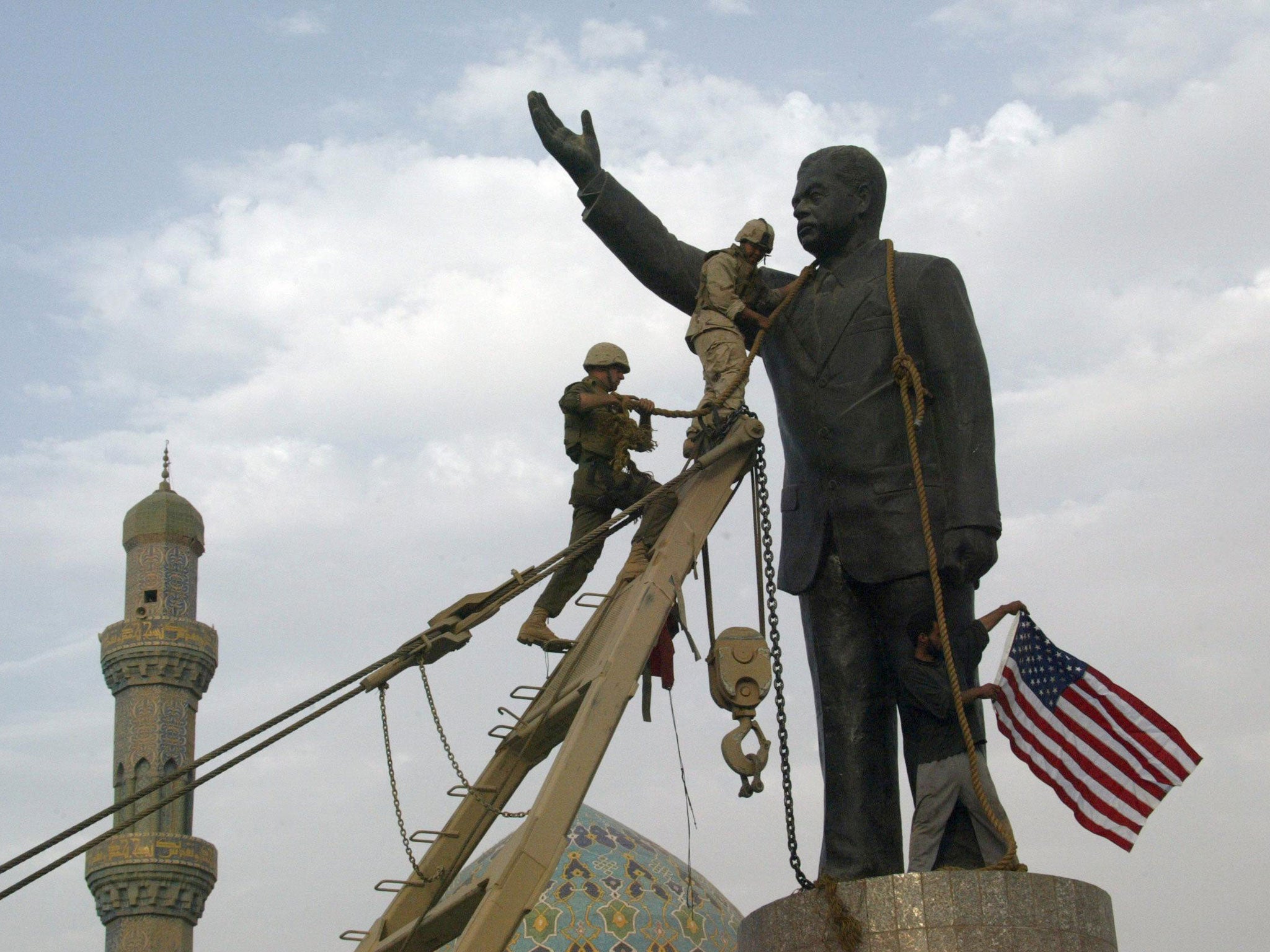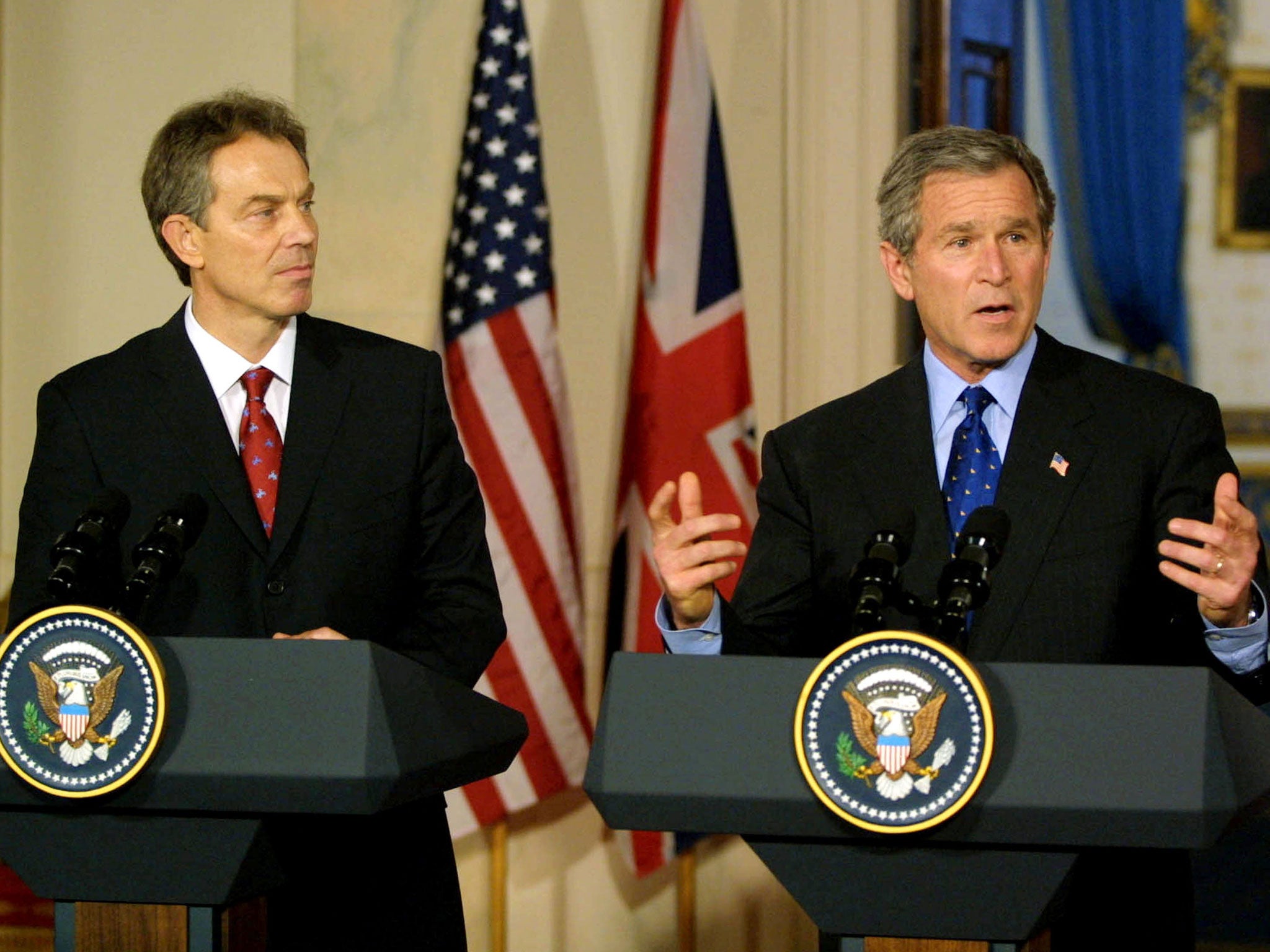Iraq's 'hidden' chemical weapons: US 'covered up' discovery of chemical weapons after 2003 invasion – with many are now in Isis’s hands
Around 5,000 chemical warheads and bombs ‘were found – but kept secret’

Your support helps us to tell the story
From reproductive rights to climate change to Big Tech, The Independent is on the ground when the story is developing. Whether it's investigating the financials of Elon Musk's pro-Trump PAC or producing our latest documentary, 'The A Word', which shines a light on the American women fighting for reproductive rights, we know how important it is to parse out the facts from the messaging.
At such a critical moment in US history, we need reporters on the ground. Your donation allows us to keep sending journalists to speak to both sides of the story.
The Independent is trusted by Americans across the entire political spectrum. And unlike many other quality news outlets, we choose not to lock Americans out of our reporting and analysis with paywalls. We believe quality journalism should be available to everyone, paid for by those who can afford it.
Your support makes all the difference.The US military has reportedly covered up the discovery of huge numbers of chemical weapons in Iraq – stocks which now lie in the occupied lands controlled by Isis.
According to an exposé published today by the New York Times, American soldiers reported finding around 5,000 chemical warheads or bombs after the invasion of Iraq and deposition of Saddam Hussein in 2003.
Between 2004 and 2011 at least 17 US soldiers and seven Iraqi police officers were exposed to nerve agents or mustard gas chemicals, but were encouraged by the Pentagon to downplay or under-report any injuries, the Times reported.
The details of Iraq’s chemical weapons stores have only emerged now from Iraqi and US officials, redacted intelligence documents and interviews with soldiers because, the paper claimed, because of potential embarrassment for the government.

President George W Bush led the US into war in Iraq on the back of assertions that Saddam Hussein had recently-built weapons of mass destruction, supplies that had only increased in the aftermath of the 9/11 terror attacks.
Yet all the chemical weapons found by soldiers were manufactured before 1991, the Times reported. They consisted largely of 155-millimeter artillery shells or 122-millimeter rockets – not designed for mass destruction, and produced in the 1980s during the Iran-Iraq war.
According to the Times, the reports were embarrassing for the Pentagon because, in five of the six incidents in which troops were wounded by chemical agents, the munitions appeared to have been “designed in the US, manufactured in Europe and filled in chemical agent production lines built in Iraq by Western companies”.
It was also reportedly embarrassing for the US government that had found chemical weapons – but not of the kind that they had claimed existed. As a result, its military and medical staff were unprepared and ill-equipped for the task at hand.
“'Nothing of significance' is what I was ordered to say,” said Jarrod Lampier, a recently retired Army major who was present when more than 2,400 nerve-agent rockets were found in a single compound in 2006.
Jarrod Taylor, a former Army sergeant who witnessed the disposal of mustard shells that burned two members of his company, told the Times the public has been misled for a decade. “I love it when I hear, ‘Oh there weren’t any chemical weapons in Iraq,’ ” he said. “There were plenty.”
Perhaps the most disturbing aspect of the chemical weapons discovery is that many were reportedly kept near where they were built in compounds around the Muthanna State Establishment.
The region is now held by Isis – and this summer the Iraqi government said it had witnessed intruders looting the corroded equipment before their surveillance cameras were shut off.
Despite the evidence from the Iraq War that militants can use old equipment in the production of improvised explosive devices (IEDs), the US government told the Times that the abandoned weapons no longer pose a threat.
A spokesperson for the Pentagon told the newspaper the suspect weapons had to be destroyed “promptly”.